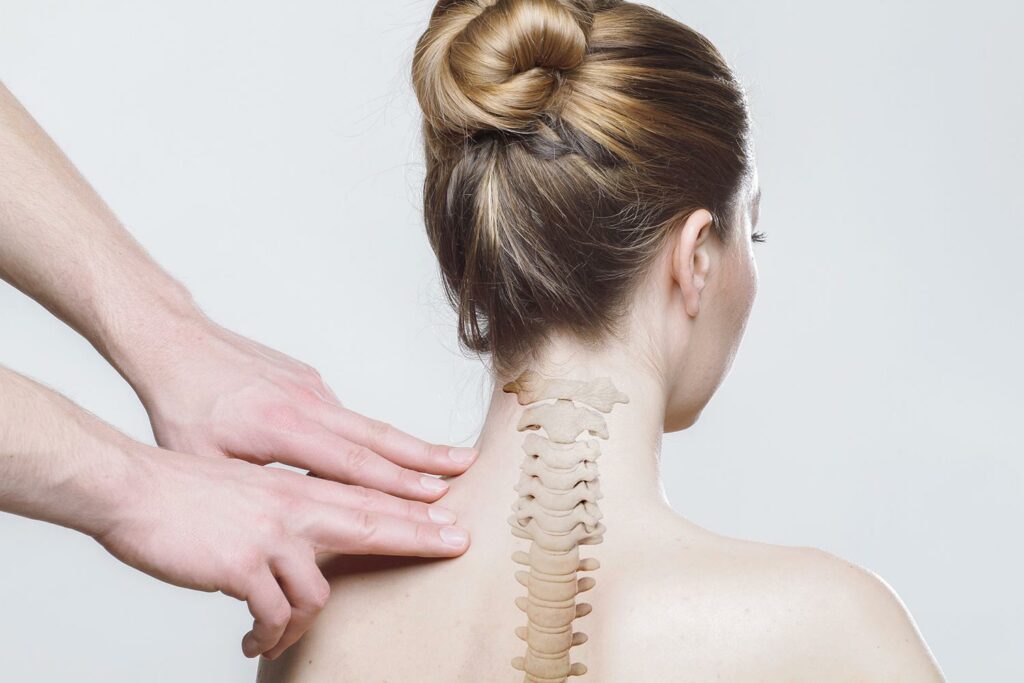This might sound a bit serious, but stay with me.
Most of us, at some point, have had a twinge. Be it a knee, a hip, a shoulder or a section of the lower back, we’ve all had something that makes us consider we are getting older, or we’ve over done it. Some might even have gone as far as seeking professional help, from a doctor or therapist. Sometimes this is the only option. But if the response is to take a paracetamol and cope, then maybe a new strategy is needed.
Too often we deal with niggles and pain in isolation: I’ve got a problem with my knee, for example. But the body is like a machine – all the bits work together, not by themselves. Joseph Pilates maintained that you are only as young as your spine. In other words, a moveable articulate spine keeps you mobile and active as a person. A stiff spine limits your mobility and therefore makes you feel (and maybe even act) old. This is why Pilates has spinal articulation as one of its central principles.
Then we have to think about muscles. In Pilates classes we work a range of muscles, but most often talk about the core. Understanding of the core varies widely, from just thinking about the abdominal muscles, to including everything from the shoulder complex down to the hip complex. Regardless of how we see the core, if any muscles are held in either a lengthened or shortened state it is going to have an impact on other muscles and joints. The consequence of this is that although it might be your knee that feels the pain, the problem didn’t arise at the knee at all. A bit of careful investigating might find a tightened hamstring and/or calf muscle; an ankle or hip that isn’t working to its optimum etc.
Maintaining optimum mobility across muscles and joints has to be our end goal if we hope to deal with those niggles that we get from time to time, and we hope to maintain that young spine. What I’m saying is exercises that isolate muscles are good, but not for an end result: there has to be a combination of exercises and movements to work a whole area, and preferably that area within the context of the whole body. It’s not generally helpful to consider just the specific muscle/joint/issue, but rather we have to look at the big picture – how other areas impact on the area in question, and is everything doing its own job.
This is why Pilates does often help: although individual classes may have a focus in mind (abdominals, spinal articulation, legs etc) it will always work within the frame of the big picture: the body as a whole.

